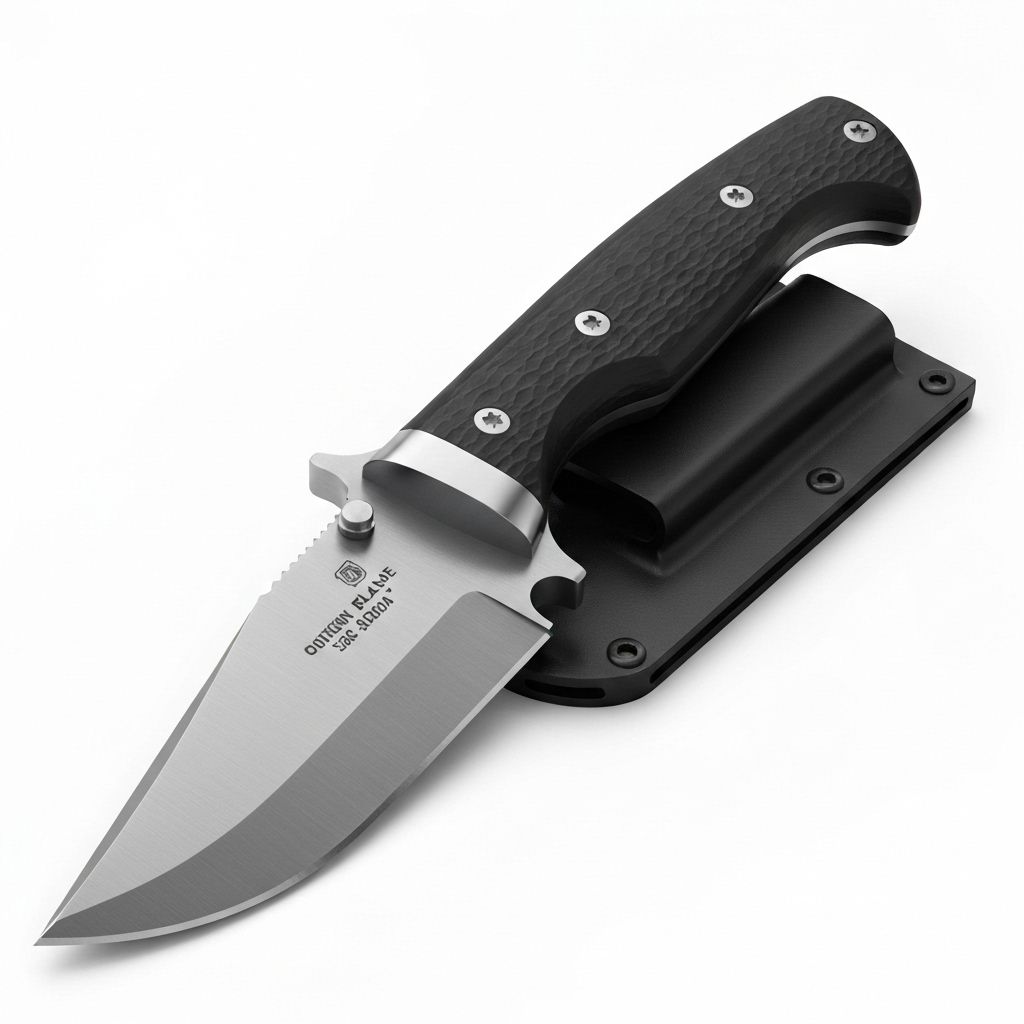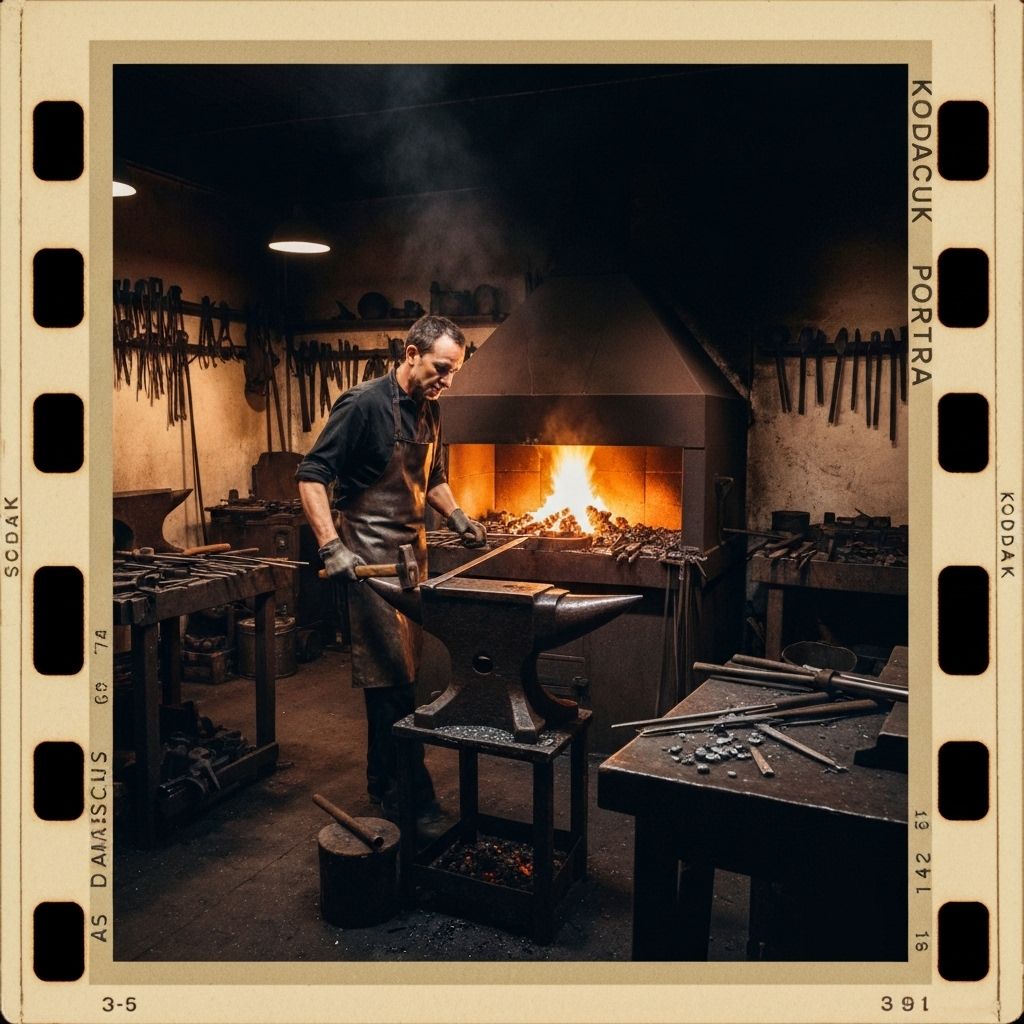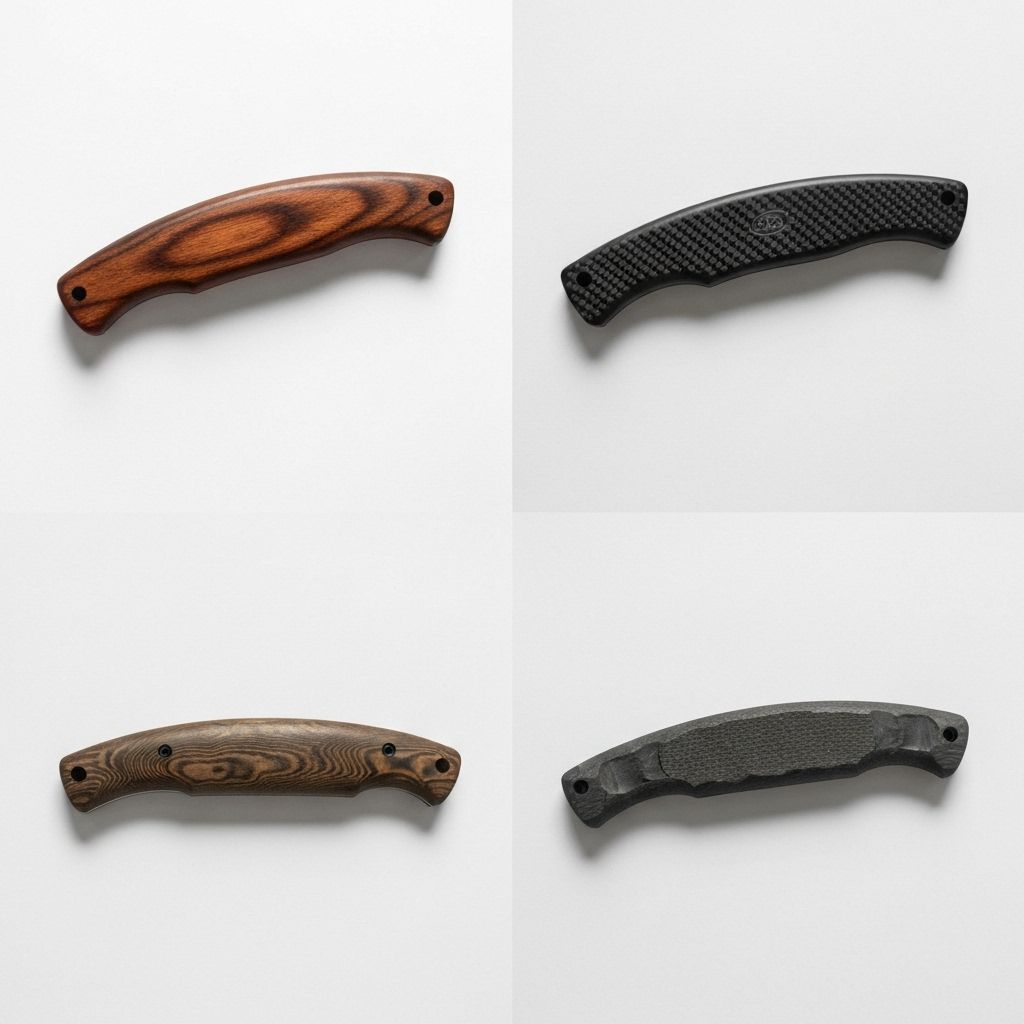Best Fixed Blade Fishing Knives: Corrosion-Resistant Field Companions
Discover the essential features of fishing knives including full tang construction, rust-proof materials, and optimal blade geometry for marine environments.
- Answer the main question in one sentence.
- Give the best pick and why in one line.
- Link to the product or guide for next step.

Fishing knives face unique challenges that demand specialized construction. Saltwater exposure, fish scales, and constant moisture create an environment that destroys ordinary knives within seasons. Purpose-built fishing knives address these challenges through material selection and design features.
Full tang construction provides the structural integrity necessary for demanding fish processing tasks. The blade extends completely through the handle, creating a single piece of steel that won't separate under stress. This design proves essential when breaking down large fish or working with frozen bait.
Corrosion resistance determines a fishing knife's lifespan. Stainless steel alloys like H1 or LC200N offer exceptional rust resistance while maintaining adequate edge retention. These nitrogen-hardened steels resist saltwater corrosion that would destroy carbon steel blades overnight. The trade-off in edge retention becomes acceptable given the alternative of constant rust removal.
Blade geometry affects cutting performance with fish. Flexible fillet knives with thin profiles glide along bones, maximizing meat recovery. Thicker utility blades handle tougher tasks like cutting line, opening shellfish, or processing bait. Many anglers carry both styles to address different situations.
Handle materials must provide secure grip when wet and slimy. Textured rubber or G10 composite handles maintain traction even when covered in fish slime. Avoid smooth wood or metal handles that become dangerously slippery in marine environments.
Sheath design matters for safety and convenience. Secure retention prevents loss overboard while allowing quick access when needed. Drainage holes prevent water accumulation that accelerates corrosion. Belt or MOLLE attachment options enable various carry configurations.
// RELATED_ARTICLES

The Art of Damascus Steel: Ancient Techniques Meet Modern Precision
Explore the centuries-old process of creating Damascus steel and how we've refined it for contemporary culinary applications.

Handle Materials: Engineering Ergonomics and Durability
Explore the material science behind knife handles and how different materials affect performance and longevity.